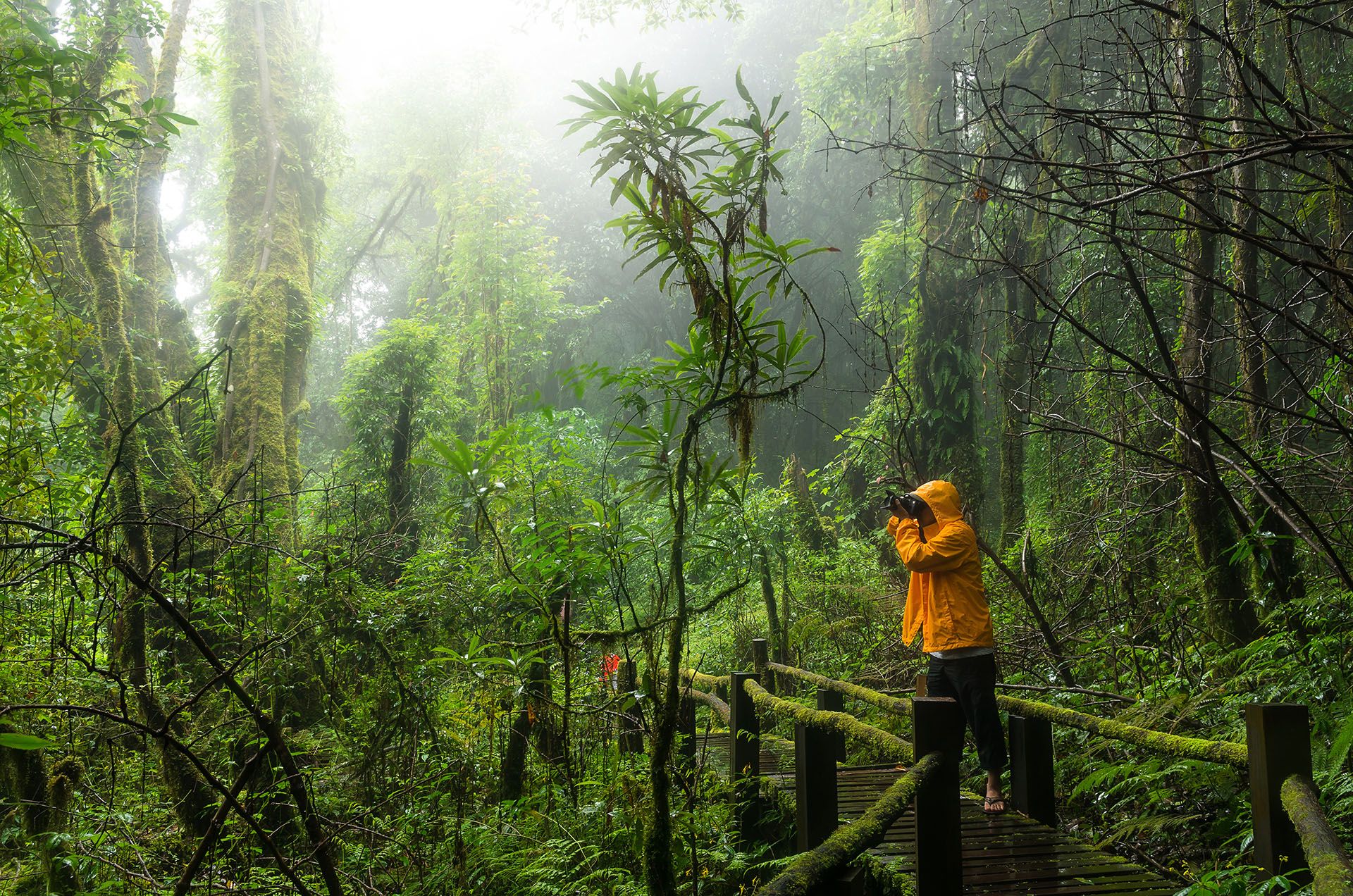Best time to visit Thailand by month
It's not always possible to travel in the best months, so you might be interested in the weather month by month. We created a brief overview of the best time to visit Thailand month by month, along with insights on the best places to visit in Thailand depending on the season.
January: Best for cool and dry weather
January is one of the best months to visit Thailand, with cool and dry weather prevailing across most of the country. The northern regions of Thailand experience pleasantly cool temperatures. Mornings often bring light mist, casting a dreamlike haze over the mountains and valleys. Higher altitudes, like Doi Inthanon, Thailand’s tallest peak, can get quite chilly, so pack a few layers if you're planning a sunrise trek.
In the south, January is peak beach season, with islands like Koh Lanta and Koh Phi Phi basking in warm, sunny weather. Clear skies and calm seas make this the ideal time for snorkeling, diving, and visiting the best islands in Thailand.
Central Thailand, including areas like Kanchanaburi and Ayutthaya, also enjoys mild temperatures and little rainfall. This makes it a fantastic time for historical explorations and river cruises without the usual tropical heat and humidity.
February: Best for beach vacations
February keeps Thailand in the dry season, with comfortable temperatures and very little rainfall, making it a popular time to visit the beaches in Thailand. The weather is reliably sunny across the country. It’s peak tourist season, so expect lively crowds in destinations like Phuket, Koh Samui, and Krabi, as well as popular inland spots like Bangkok and Chiang Mai.
Temperatures in February range from 73°F (23°C) in the cooler northern regions to around 92°F (33°C) in the warmer southern beaches. This is the perfect month for water activities — snorkeling, diving, and kayaking are at their best thanks to calm seas and clear visibility. In central Thailand, cities like Ayutthaya and Sukhothai are perfect for exploring historical ruins without the intense heat of the later months. If you're visiting Thailand with children, February’s dry weather makes outdoor adventures, from beach days to temple visits, much easier. Just book accommodation early, as demand is high.
March: Best for sun-seekers
March ushers in Thailand’s hot season, with temperatures starting to climb noticeably. It’s still a great month to visit, especially if you’re a sun-seeker aiming to make the most of the beaches and islands. But be prepared for intense heat, especially in northern and central Thailand, where temperatures can feel relentless by midday.
In March, average temperatures range between 77°F (25°C) and 95°F (35°C), with the hottest weather typically found in inland regions. The southern islands tend to stay slightly more temperate thanks to coastal breezes, making them ideal for swimming, snorkeling, and diving.
In Chiang Mai and other northern areas, the haze from agricultural burning can sometimes affect air quality, so keep this in mind if you’re planning outdoor activities.











